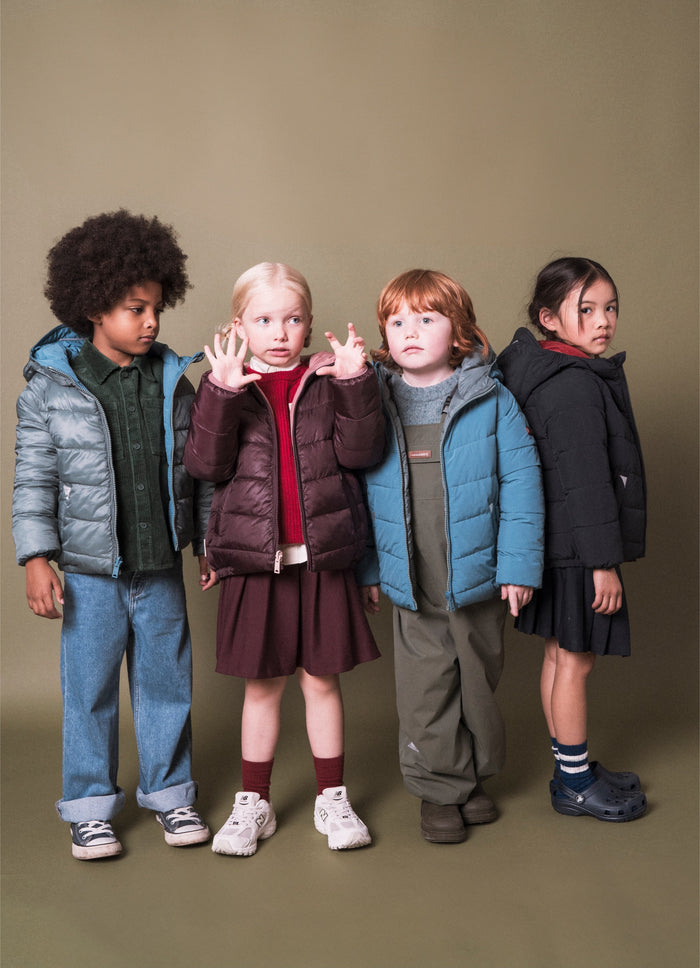


There are over 200 species of sea urchin in our oceans, rocking around in warmer waters on the relatively shallow ocean bed or amongst the vibrant coral reef, apt surroundings for these geometrically captivating creatures.
It's a fight for survival on the ocean floor, but these prickly little creatures are well armed against their predators. With a hard bony shell to protect the soft flesh within, they also have a multitude of long spikes to defend themselves.
Unfortunately their main predators; lobsters, crabs, sea otters, wolf eels and birds, come prepared with pincers, teeth, claws or pure brute strength to overcome the sea urchins. Humans are a further threat to the little urchin, who class them as a delicacy in Japanese cuisine.
Red sea urchins that escape their predators to live a full life have plenty to celebrate, they can live up to 200 years, which is among the longest living animals on earth.
Now no doubt you're under some kind of illusion that sea urchins must simply allow themselves to be rolled around in the ocean current, but not so. They do in fact have feet to carry them around. Fortuitously they don't have the added complication of shoes or indeed shoe laces to content with on their translucent feet. Their five rows of paired tube feet have suckers on the end, allowing them to sucker on to rocks and move along the ocean floor.
Unlike our take on the sea urchins with their big blinking eyes, the ones that reside on the ocean floor take things one step further. Their entire being is considered to be a compound eye. So if you ever feel like you're being watched when you're out snorkelling, well... there's every chance you are. Their spines detect and follow threats so suffice to say they are on to you. And you'd be well advised to steer clear as, although they are non-aggressive, a spine in the foot is more than likely to ruin your day.
My final thought for the day is this: imagine if hedgehogs came in the same array of colours as sea urchins. That would make for interesting spotting at the end of the garden. Tie-die style hedgehogs - one for evolution to consider if you ask me.
Shop Töastie sea urchin sustainable raincoat here.








